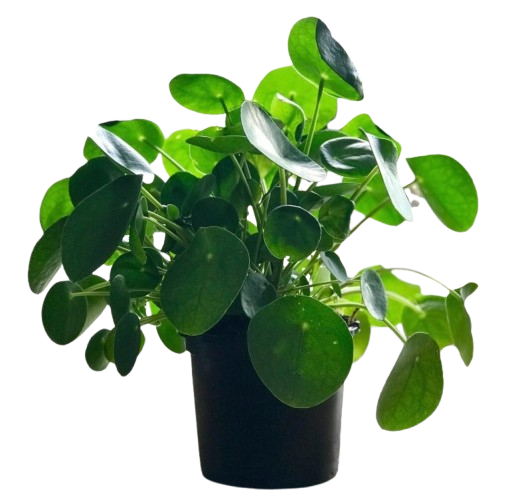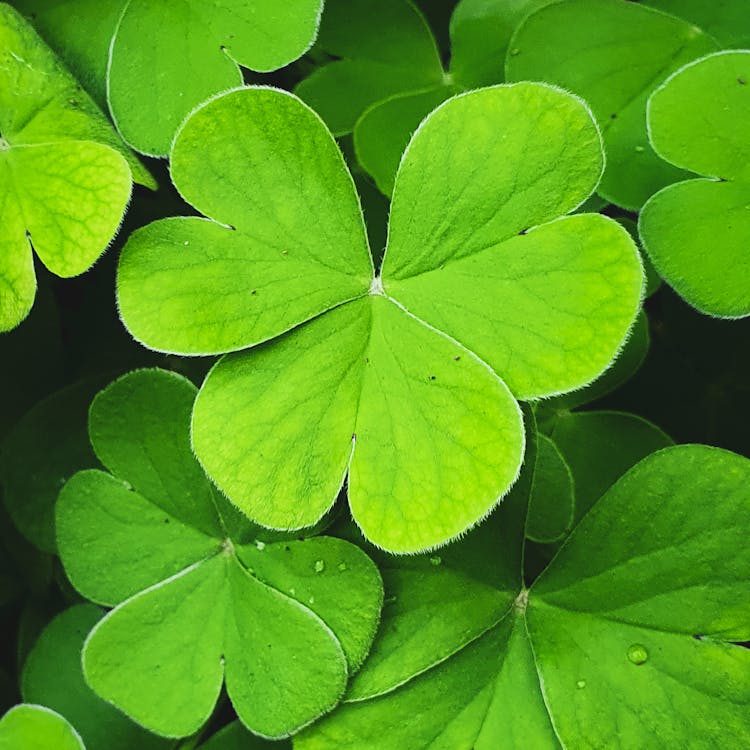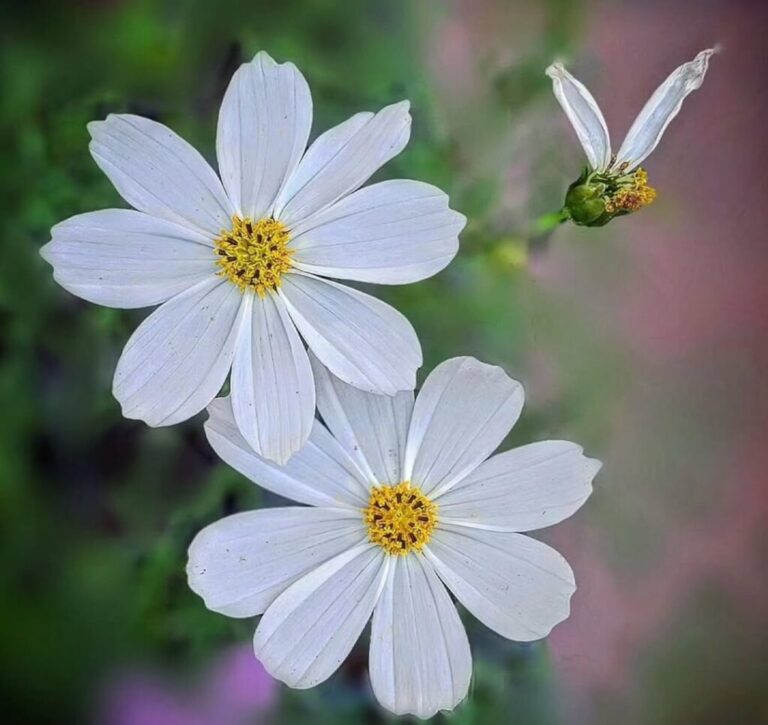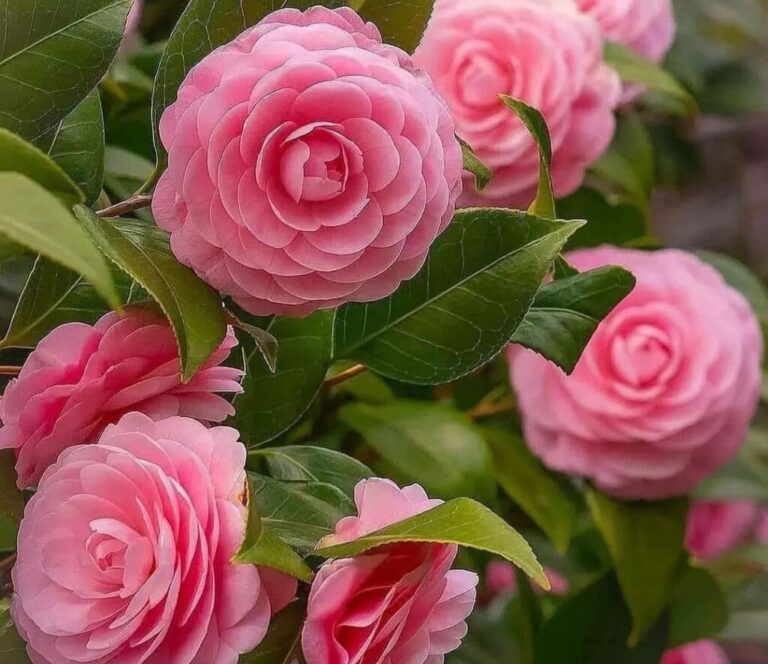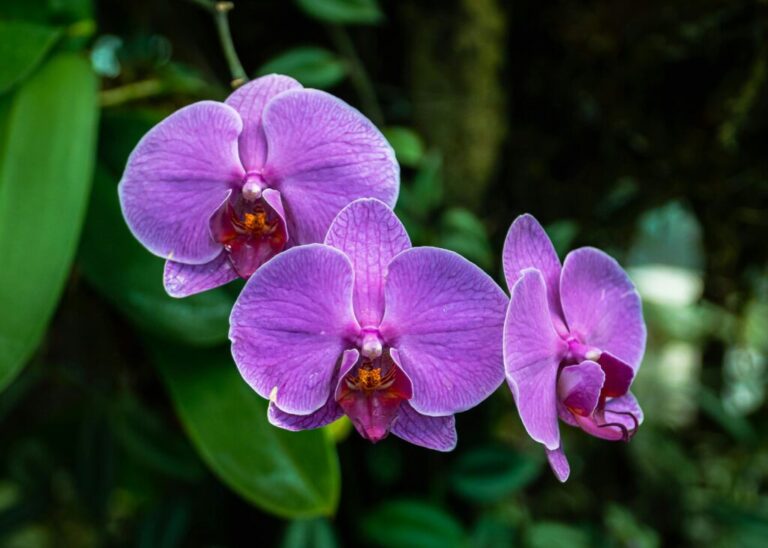Pilea plants, also known as Chinese Money Plants, have gained immense popularity due to their attractive round leaves and relatively easy care requirements. However, beginners often make mistakes that can lead to problems such as yellowing leaves, stunted growth, and even plant decline. By understanding these common errors and learning how to correct them, you can ensure that your Pilea plant thrives for years to come. This guide provides in-depth solutions to the most frequent Pilea plant mistakes, along with essential care tips and a comprehensive care schedule to help you maintain a healthy and vibrant plant.
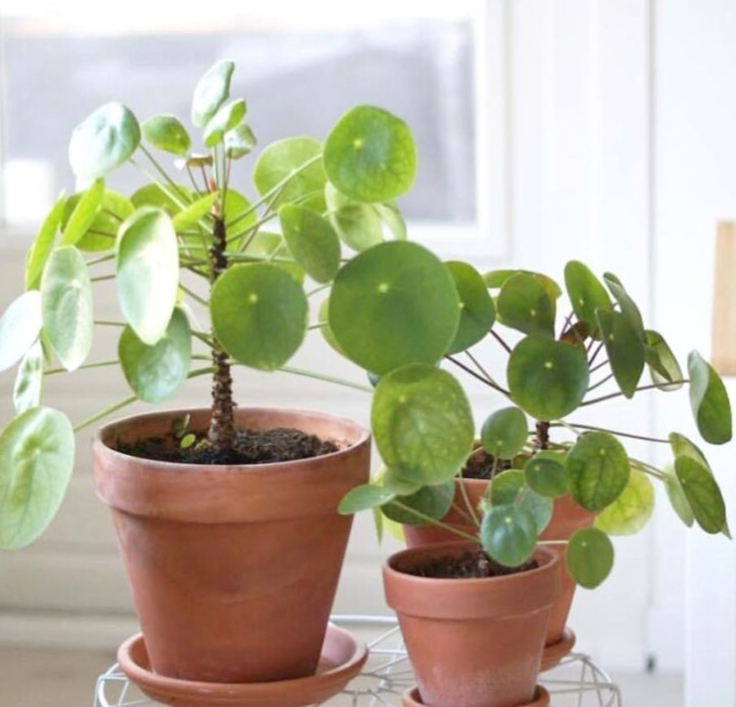
- 1 Mistake #1: Overwatering the Pilea Plant
- 2 Mistake #2: Using the Wrong Soil
- 3 Mistake #3: Insufficient Light Exposure
- 4 Mistake #4: Ignoring Temperature and Humidity Needs
- 5 Mistake #5: Neglecting Fertilization
- 6 Mistake #6: Choosing the Wrong Pot Size
- 7 Mistake #7: Not Pruning or Propagating
- 8 Mistake #8: Placing the Pilea Plant in Direct Sunlight
- 9 Mistake #9: Not Cleaning the Leaves
- 10 Mistake #10: Ignoring Pests and Diseases
- 11 Final Thoughts
- 12 FAQs on Pilea Plant Care
Mistake #1: Overwatering the Pilea Plant
One of the most common mistakes among beginners is overwatering. Pilea plants prefer slightly moist but well-drained soil, and excessive watering can cause root rot, which is often fatal. Overwatering leads to soggy soil conditions, reducing oxygen levels in the root zone and allowing harmful fungi and bacteria to thrive.
How to Fix It: To prevent overwatering, check the soil moisture before adding water.If your finger feels dry after sticking it approximately an inch into the ground, it’s time to water. Give it a few more days if it’s still wet. Use pots with drainage holes at all times to let extra water out.
Tip: Water your Pilea plant early in the morning so the soil has time to dry out during the day, reducing the risk of fungal infections.
Mistake #2: Using the Wrong Soil
Pilea plants require well-draining soil to ensure proper oxygen flow to the roots. Using dense, moisture-retaining soil, such as garden soil, can suffocate the roots and lead to water retention issues.
How to Fix It: Choose a light, well-draining potting mix that contains peat moss, perlite, and sand. These materials allow excess water to drain away while retaining just enough moisture for the plant to absorb. Avoid using soil mixes designed for moisture-loving plants like ferns.
Tip: Add some orchid bark or coconut coir to the soil mix for better aeration and drainage.
Mistake #3: Insufficient Light Exposure
Pilea plants need bright, indirect light to grow optimally. Placing them in a dimly lit corner or an area with poor natural light can result in weak, leggy stems and small, discolored leaves.
How to Fix It: Place your Pilea plant near a window that receives plenty of indirect sunlight. A north or east-facing window is ideal. If natural light is insufficient, supplement with a full-spectrum grow light.
Tip: Rotate your plant every few days to ensure even light exposure, preventing it from leaning toward one direction.
Mistake #4: Ignoring Temperature and Humidity Needs
Pilea plants thrive in temperatures between 65-75°F (18-24°C) and moderate humidity levels. Exposure to cold drafts, heaters, or air conditioning vents can cause stress, leading to leaf curling and dropping.
How to Fix It: Keep your Pilea plant in a stable environment with consistent temperatures. If the air in your home is dry, especially during winter, increase humidity by placing a small dish of water near the plant or using a humidifier.
Tip: Group your Pilea with other houseplants to create a micro-humid environment that promotes healthy growth.
Mistake #5: Neglecting Fertilization
Many beginners overlook the importance of feeding their Pilea plant, resulting in slow growth and pale leaves. On the other hand, over-fertilization can lead to nutrient buildup and root burn.
How to Fix It: Use a balanced liquid fertilizer diluted to half strength once a month during the growing season (spring and summer).Since the plant’s growth slows down in the fall and winter, avoid fertilising during these seasons.
Tip: Every few months, flush the soil by watering deeply to remove any excess salts and nutrient buildup.
Mistake #6: Choosing the Wrong Pot Size
Using an oversized pot retains too much moisture, while a pot that is too small can restrict root growth, leading to a weak plant.
How to Fix It: Select a pot that is 1-2 inches larger than the root ball and has adequate drainage holes. This allows enough room for growth while preventing excess moisture retention.
Tip: Repot your Pilea every 1-2 years to refresh the soil and ensure healthy root development.
Mistake #7: Not Pruning or Propagating
Pruning and propagating are essential for maintaining a full and healthy Pilea plant. Failing to do so can result in a leggy plant with sparse foliage.
How to Fix It: Trim leggy stems and yellow leaves to encourage bushier growth. Propagate healthy cuttings in water or soil to create new plants.
Tip: Pilea plants produce baby offsets called “pups.” Separate these carefully and plant them in their own pots for a thriving collection.
Mistake #8: Placing the Pilea Plant in Direct Sunlight
Direct sunlight can cause the leaves to scorch, leading to brown spots and curling edges.
How to Fix It: Keep your Pilea in a bright location with indirect sunlight. If necessary, diffuse strong light with sheer curtains.
Tip: If you see sunburned leaves, move the plant to a shaded spot and mist it lightly to reduce stress.
Mistake #9: Not Cleaning the Leaves
Dust buildup on leaves can block light absorption, slowing down photosynthesis and affecting overall plant health.
How to Fix It: Wipe the leaves with a damp cloth every few weeks to remove dust and improve light penetration.
Tip: Use filtered or distilled water to avoid leaving mineral spots on the leaves.
Mistake #10: Ignoring Pests and Diseases
Common pests such as spider mites, aphids, and mealybugs can attack Pilea plants if left unchecked.
How to Fix It: Inspect your plant regularly. Apply insecticidal soap or neem oil to any pests you see.
Tip: Isolate infected plants immediately to prevent the spread of pests to your other houseplants.
Pilea Plant Care Schedule
| Task | Frequency |
|---|---|
| Watering | When soil is dry (about once a week) |
| Fertilizing | Once a month (spring & summer) |
| Pruning | As needed to remove dead leaves |
| Cleaning Leaves | Every 2-3 weeks |
| Repotting | Every 1-2 years |
| Pest Inspection | Weekly |
Final Thoughts
Avoiding these common mistakes will help ensure your Pilea plant remains healthy and vibrant. By providing the right balance of light, water, nutrients, and care, you’ll enjoy a flourishing plant that continues to grow and even produce baby plants for propagation. Stay observant, adjust care as needed, and enjoy the beauty of your thriving Pilea!
FAQs on Pilea Plant Care
What is a Pilea plant?
The Pilea plant, also known as the Chinese Money Plant, is a popular houseplant known for its round, coin-shaped leaves and easy-care nature.
How much light does a Pilea need?
Pilea plants do well in indirect, bright light. Although they can withstand some direct sunshine, too much of it can burn the foliage.
How often should I water my Pilea?
When the top inch of soil seems dry, water your pilea. Make sure there is enough drainage because overwatering might cause root rot
What type of soil is best for Pilea?
A well-draining potting mix, such as a blend of peat moss, perlite, and standard potting soil, works best.
Does Pilea need humidity?
Pilea plants enjoy moderate humidity but can adapt to normal household conditions. Misting occasionally can help in dry environments.
How do I propagate my Pilea plant?
Pilea plants produce “pups” or baby plants that grow from the base. These can be gently removed and replanted in fresh soil.
Why are my Pilea leaves turning yellow?
Yellow leaves may indicate overwatering, poor drainage, or a lack of nutrients. Ensure proper care and adjust watering accordingly.
How can I make my Pilea grow bushier?
To encourage bushier growth, rotate the plant regularly for even light exposure and pinch off the top growth to promote branching.
Is the Pilea plant safe for pets?
Yes! Pilea plants are non-toxic to cats and dogs, making them a pet-friendly houseplant option.
Why is my Pilea dropping leaves?
Leaf drop can be caused by sudden changes in temperature, overwatering, or low light conditions. Keep your Pilea in a stable environment.
